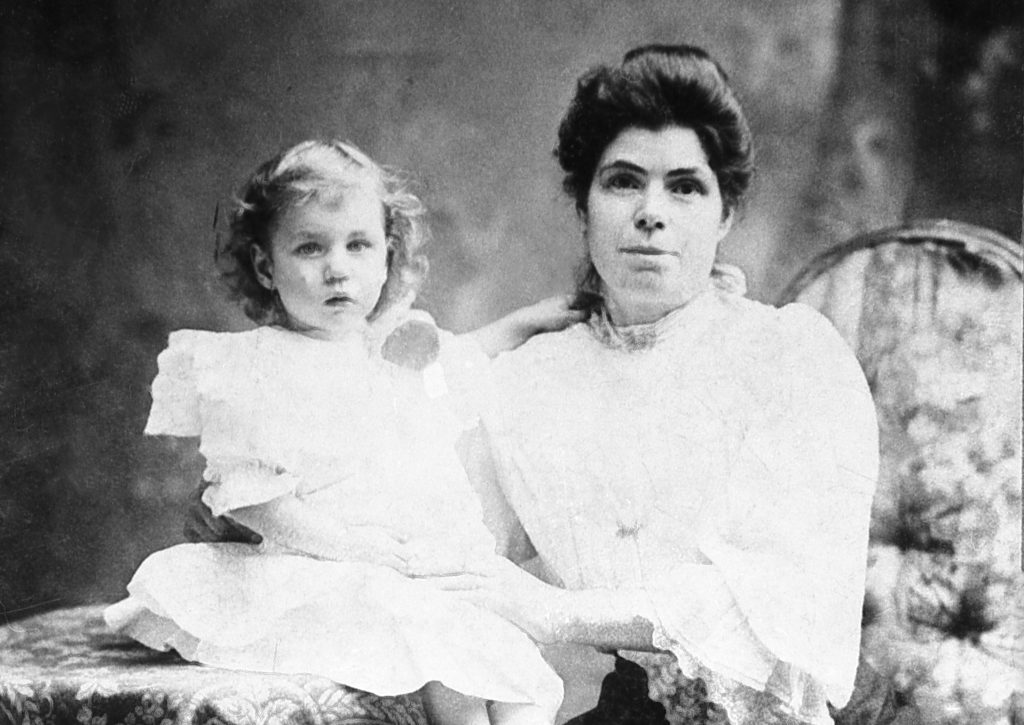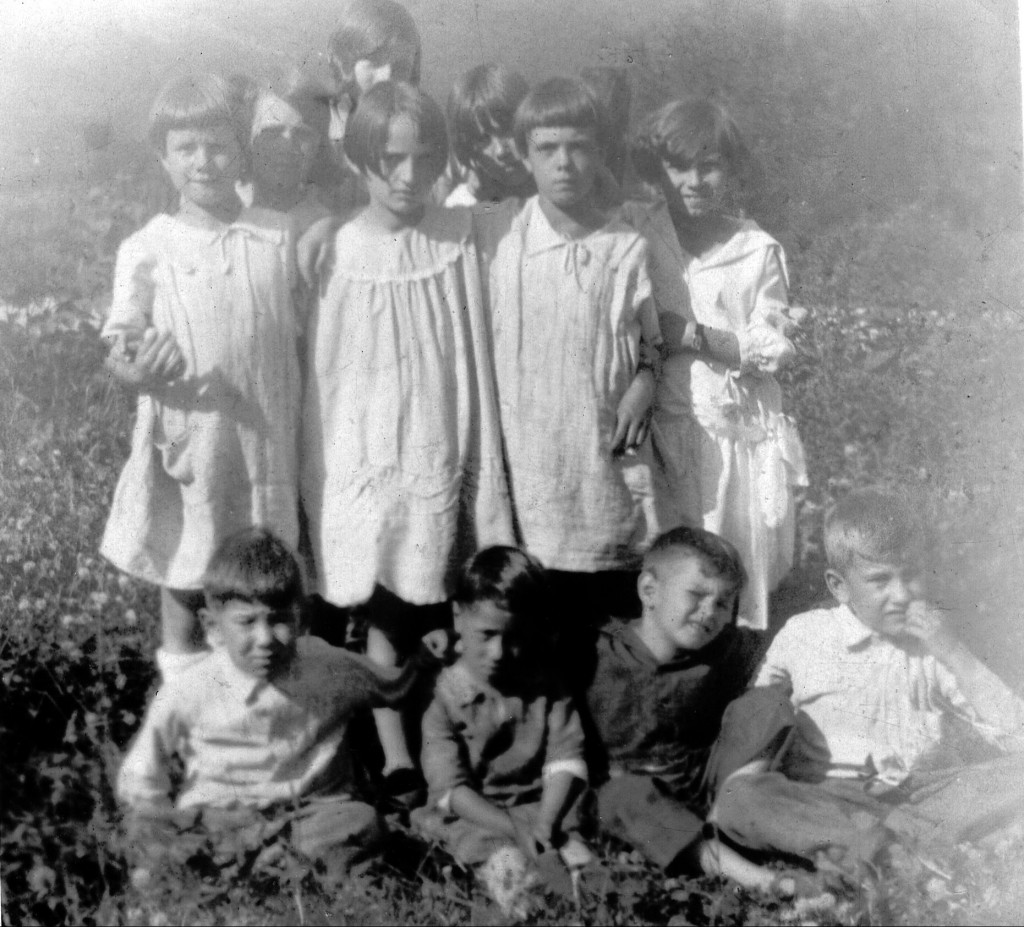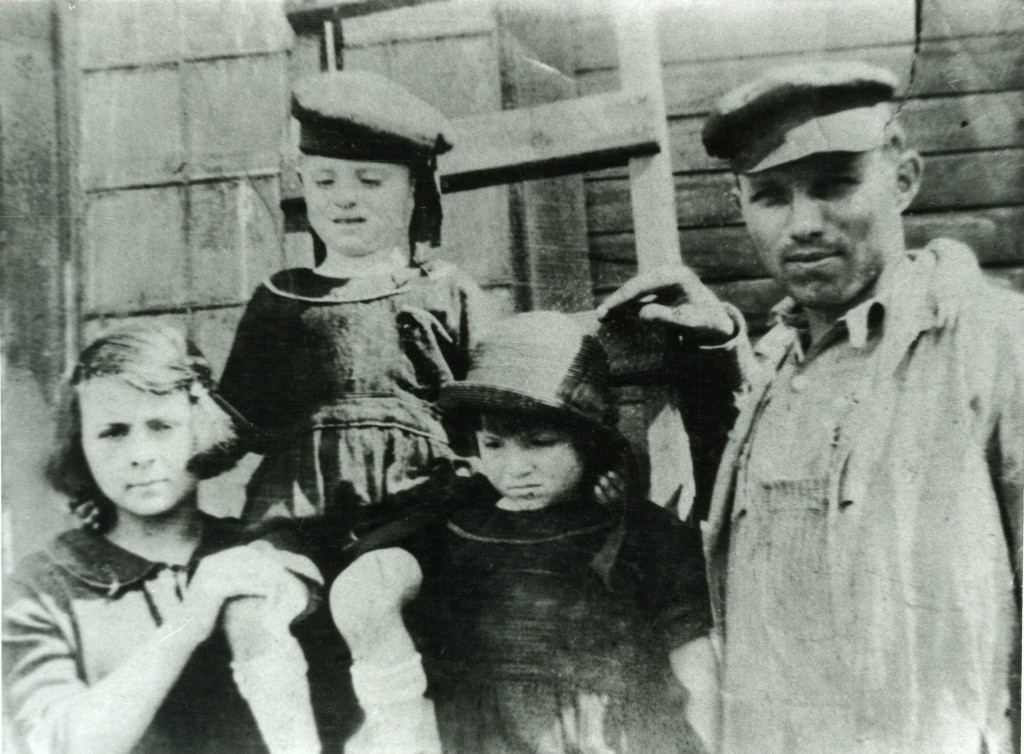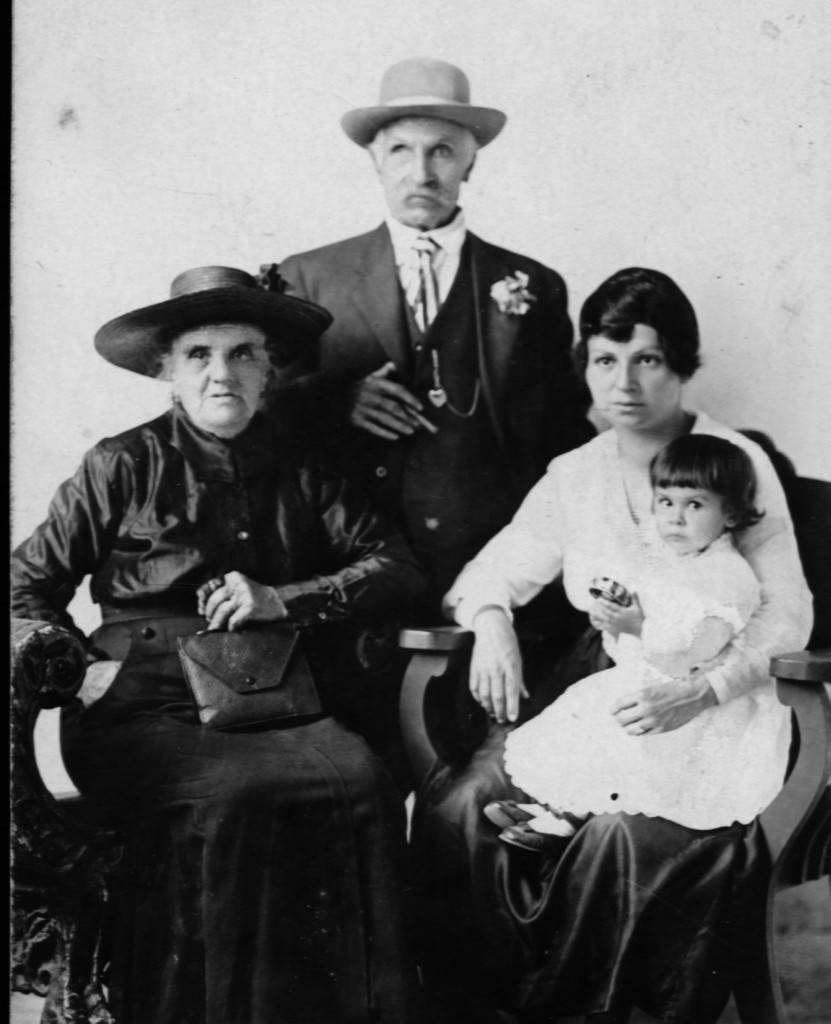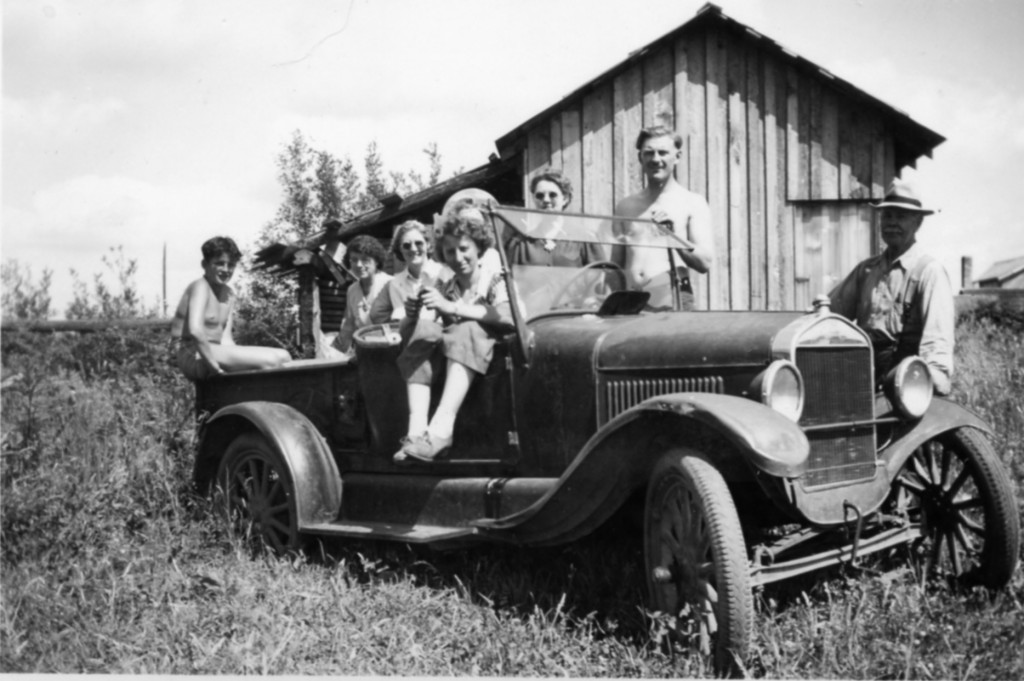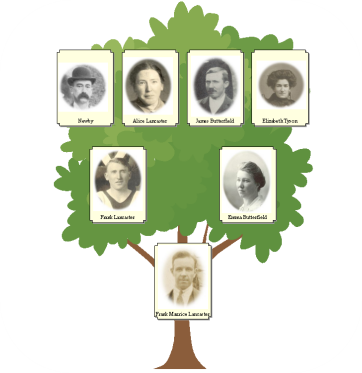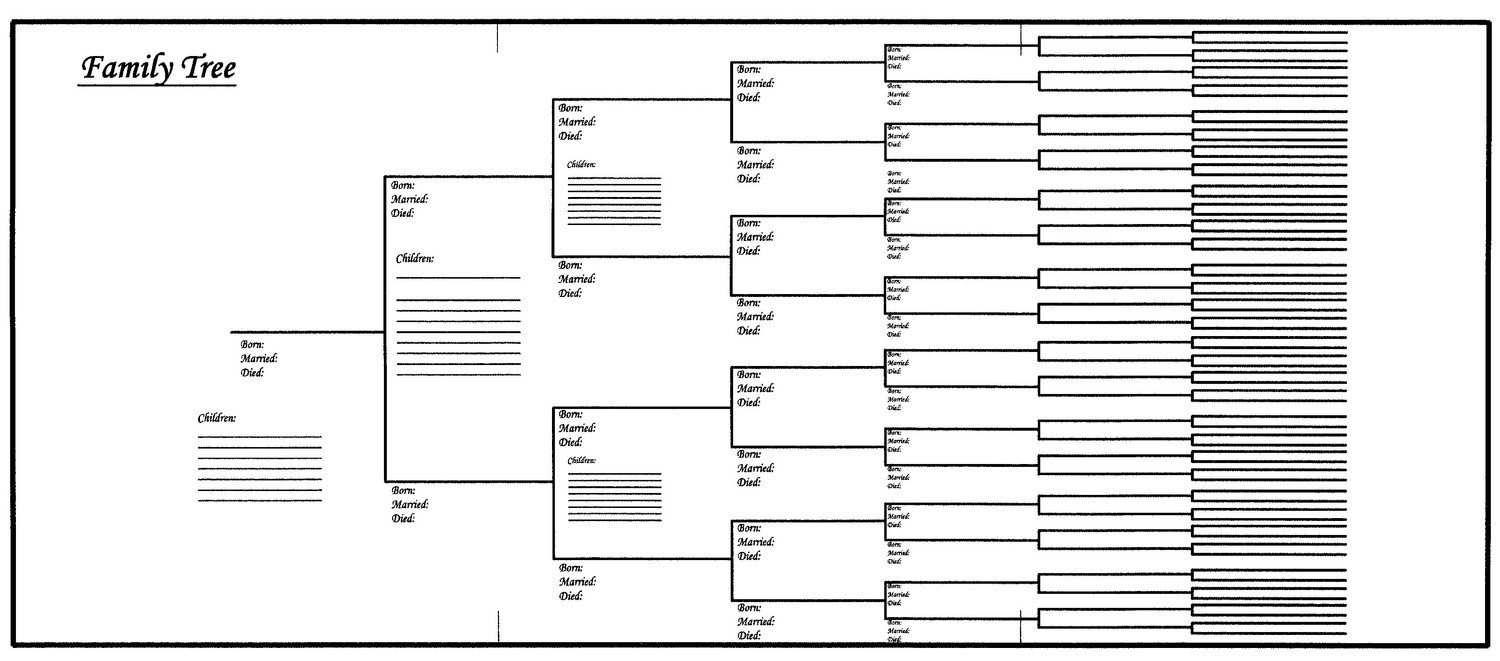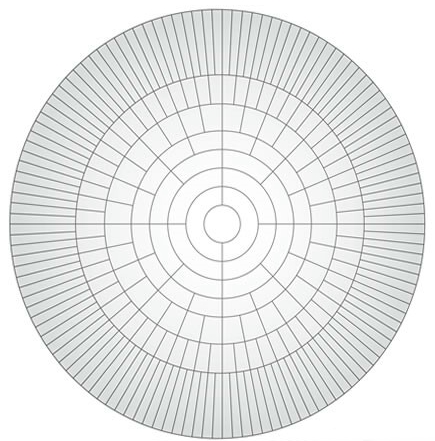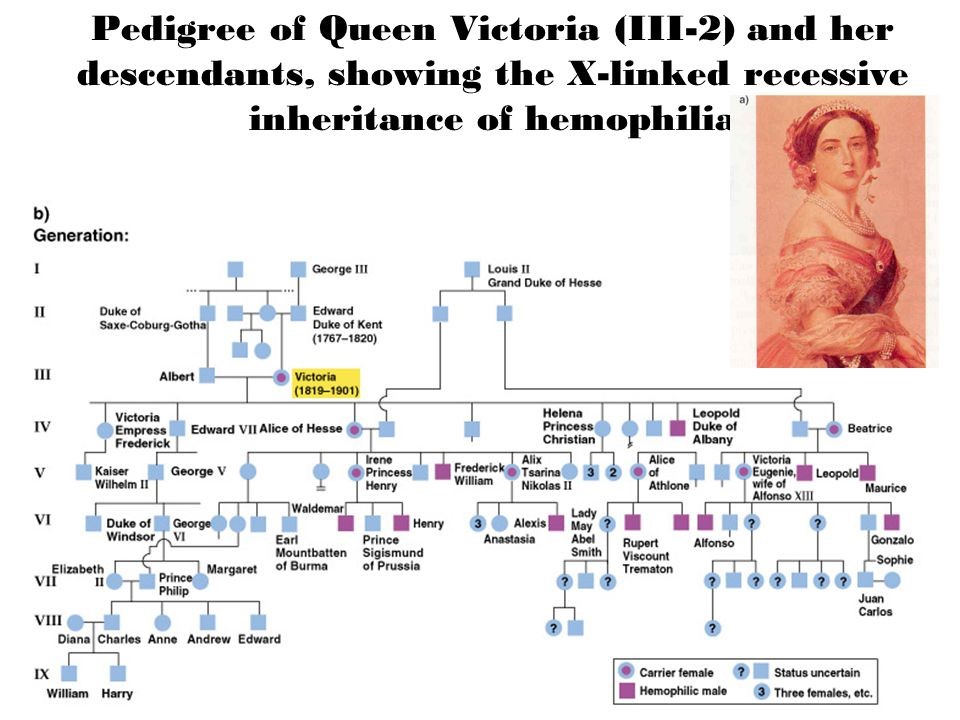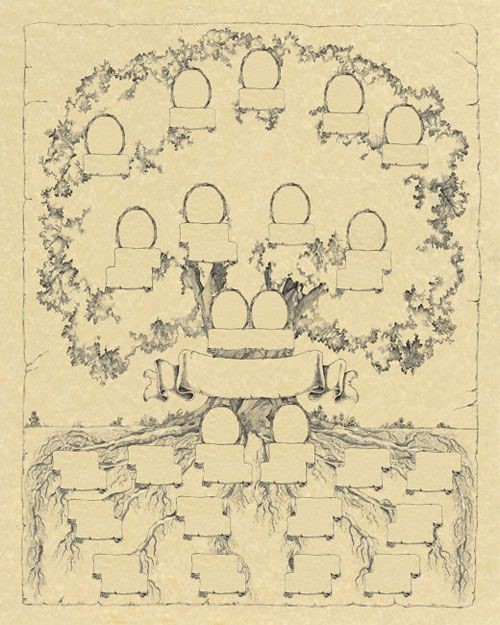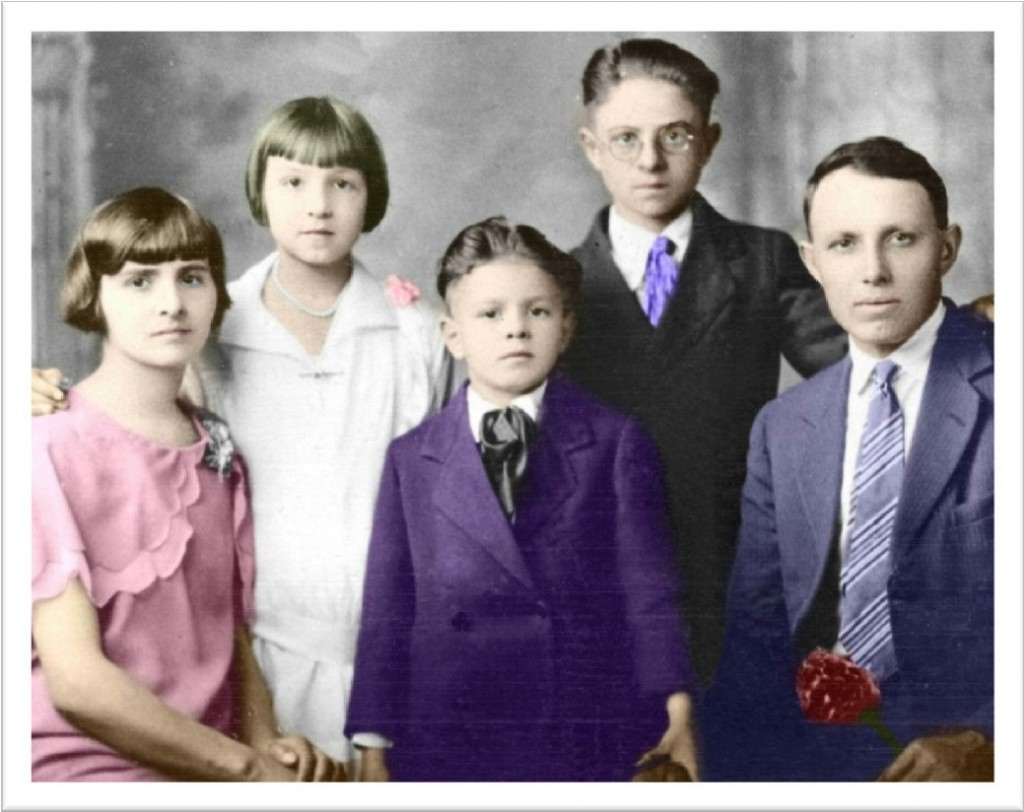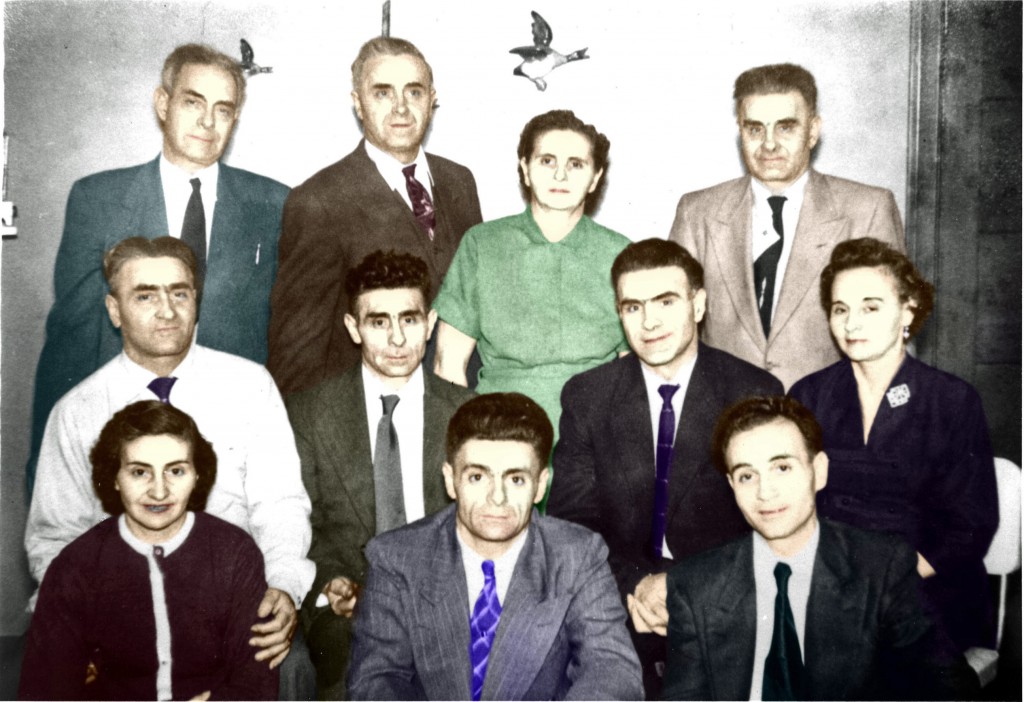Where can I take online genealogy courses?
Provided you are not a professional genealogist, you’ve probably learned most of what you know about your ancestors doing research on the web.
In fact, most of people interested in genealogy as a hobby have begun their genealogy journeys learning on the web and taking advantage of the tools provided by genealogical websites such as Ancestry.com.
But, at a certain point of your genealogy journey, you might feel the need of gaining more knowledge and experience about genealogy, and the web is again a good option.
Why are we looking for this information?
The purpose of this article is to give you some overall information about online sources for genealogical education (addressed to the amateur genealogist).
Even if you don’t actually need an online class to build up a family tree, you might take a webinar or attend genealogy courses online to be able to dig deeper into your family history.
Genealogy courses online currently cover modern research methods and can open your eyes to new possibilities especially if you’re in need of a new perspective in your research or help on a specific topic.
What information do we need to gather? Is it difficult?
Luckily, there are many genealogy courses and webinars online available for amateur genealogists and some of them are free to access. As follows we provide you with some places where to find genealogy courses on line:
- YouTube is a great source for genealogy courses, online tutorials, and quick tips on family history. A simple search for “genealogy how-to” offers thousands of results and includes offerings from top experts, genealogy research sites and government repositories–including videos from the US National Archives.
- LDS FamilySearch Learning Center: besides offering extensive free genealogy information, LDS Family Search offers through the Learning Centers quality genealogy courses on nearly every genealogy topic (i.e.: how to access high-quality free genealogy sites, how to use google in new ways for genealogy research, how to track down elusive ancestors, how to find and use a variety of online genealogy tools, etc.). Please refer to: https://familysearch.org/learningcenter/home.html
In case you feel like digging a big deeper, the Family History Department of the Church of Jesus Christ of Latter-day Saints has developed a partnership with Brigham Young University (Idaho, Utah), to offer a Certificate Program in Family History as an independent study course. Courses teach students the fundamental skills they need to become capable family history researchers and establish a successful research business. College credit is granted for each course successfully completed within the certificate program; however, the certificate is not a college degree. For more information please refer to: http://www.byui.edu/online/degrees-and-programs/family-history-research-x95119
- The National Genealogical Society, Arlington, VA, offers two genealogy courses, both approved by the Accrediting Commission of the Distance Education and Training Council. The basic one is called “Introduction to Genealogy·. On Lesson One you can learn how to number ancestors, how to record names, dates, and places in a standard format, and definitions for terms of relationship. After completing Lesson One, you can take a 20 question quiz and decide if you want to continue the course.
Again, if you want to dig even deeper, you can take the course on “American Genealogy”. This sixteen lesson home study course introduces each major record group used in American research. The assignments are graded and require students to visit local record repositories for “hands on” experience.
For information on both courses please refer to: http://www.ngsgenealogy.org/cs/online_courses
- Boston University offers two online genealogy courses: “Genealogical Essentials Course” (a 4-week course to improve your genealogical research skills) and “The Online Certificate in Genealogical Research” (a 15-week online, non-credit course). For more information please refer to: http://professinal.bu.edu/programs/genealogy/
- Family Tree DNA Learning Center offers free webinars on genetic genealogy and DNA ancestry testing related topics. All webinars are open to both Family Tree customers and the general public with registration. They offer both live webinars and archived recordings. For more information please check: https://www.familytreedna.com/learn/
Other online sources of genealogical education are:
- The Board for Certification of Genealogists offers videos of their popular webinar series. Some are free. Most are available to view or purchase for a reasonable fee. Previews and links to all are included. Please check: http://www.bcgcertification.org/
- The Friends of the National Archives-Southeast Region, Inc. (U.S.), offer webinars on genealogy. Please check: http://friendsnas.org/
- American Ancestors, the web site of the New England Historic Genealogical Society, Boston, Massachusetts, offers online genealogy classes. Please refer to: http://www.americanancestors.org/index.aspx
- Genealogy Professor delivers online high-quality intensive genealogy education, bridging the gap between webinars and college-level courses with some of the leading genealogists in the field. Please refer to: http://www.genprof.net/
- Illinois State Genealogical Society offers free webinars open to the general public. ISGS members do also have access to recording of all past webinars. Please check: http://www.ilgensoc.org/
- JewishGen Learning Center offers genealogy courses designed to serve novice and experienced Jewish Genealogists or those researching possible Jewish branches. Get more information at: http://www.jewishgen.org/Education/
- University of Toronto Continuing Education offers genealogy courses with emphasis on Canadian material. Instruction is received via the Internet; therefore you go at your own pace. You can take the courses separately, or work towards a Certificate in Genealogical Studies over a three year time period. Please refer to: http://www.genealogicalstudies.com/eng/uoft.asp
- The International Internet Genealogical Society University offers free online genealogy courses for research in Australia and New Zealand, Canada, Germany, South Africa, and the United States. The classes in U.S. research range from a beginner’s course to specific lessons for South Carolina, Texas, and Virginia. The site can be viewed in English, Deutsch, or Svenska. Please check: http://www.iigs.org/university/index.htm
- com’s Online University ooffers a course called “Beginning Genealogy”, a series of four courses in tracing Immigrant origins, and a two part series in Internet genealogy. For more information please refer to: http://www.genealogytoday.com/roots/xweb.mv?xc=RootsDocument&xo=lrdoc&xr=182164&xz=google&zc=1&zp=cms.link
What is the solution and why?
Besides the above mentioned web genealogy courses, there are many others. Your local library may be able to direct you to some other sources of local genealogical online education.
As the Chinese proverb says: “Learning is a treasure which accompanies its owner everywhere”. In the case of genealogy education, the treasure has also to do with enriching ourselves with the knowledge of our own roots.
By, Carmen Vazquez Sibils
